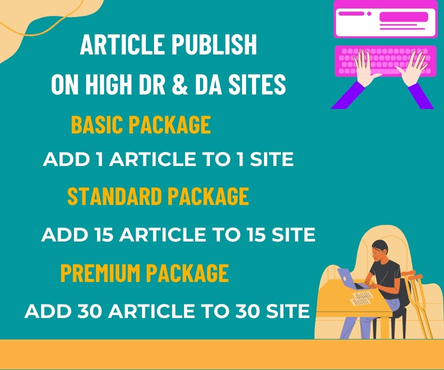Academic dishonesty has become a pervasive issue in educational institutions worldwide, undermining the integrity of research and learning. One of the most common forms of academic dishonesty is plagiarism, which involves passing off someone else’s work as one’s own. To combat this menace, plagiarism detection tools have emerged as a vital resource for educators and researchers. In this article, we will explore the importance of plagiarism detection tools in avoiding academic dishonesty and promoting originality. Meet here plagiatkontroll gratis
The Consequences of Plagiarism
Plagiarism can have severe consequences for students, researchers, and academics. It can lead to:
- Loss of credibility and reputation
- Failure in courses or even expulsion from institutions
- Damage to professional relationships and career prospects
- Intellectual property theft and copyright infringement
- Undermining of research integrity and validity
The Role of Plagiarism Detection Tools
Plagiarism detection tools are software programs designed to identify instances of plagiarism in written work. These tools use advanced algorithms to compare submitted texts with vast databases of web content, academic journals, and previously submitted works. By using plagiarism detection tools, educators and researchers can:
- Identify potential cases of plagiarism quickly and efficiently
- Provide feedback to students on proper citation and referencing
- Encourage originality and critical thinking
- Maintain academic integrity and uphold institutional standards
- Prevent intellectual property theft and copyright infringement
Benefits of Plagiarism Detection Tools
Plagiarism detection tools offer numerous benefits, including:
- Improved Academic Integrity: By detecting plagiarism, these tools promote a culture of originality and honesty.
- Enhanced Research Quality: Plagiarism detection tools ensure that research is authentic and reliable.
- Increased Efficiency: Automated plagiarism detection saves time and effort for educators.
- Personalized Feedback: Students receive constructive feedback on improving their writing and citation skills.
- Institutional Reputation: Plagiarism detection tools help maintain an institution’s reputation for academic excellence.
Best Practices for Using Plagiarism Detection Tools
To maximize the effectiveness of plagiarism detection tools:
- Use reputable tools: Choose tools with comprehensive databases and advanced algorithms.
- Set clear policies: Establish institutional policies on plagiarism and consequences.
- Educate students: Provide guidance on proper citation and referencing.
- Use tools consistently: Regularly check student work for plagiarism.
- Address detected plagiarism: Take swift action when plagiarism is detected.
Conclusion
Plagiarism detection tools are essential in avoiding academic dishonesty and promoting originality. By leveraging these tools, educators and researchers can maintain academic integrity, ensure research quality, and foster a culture of honesty. As academic institutions continue to prioritize originality and intellectual property, plagiarism detection tools will remain a vital resource in upholding the values of academic excellence.

